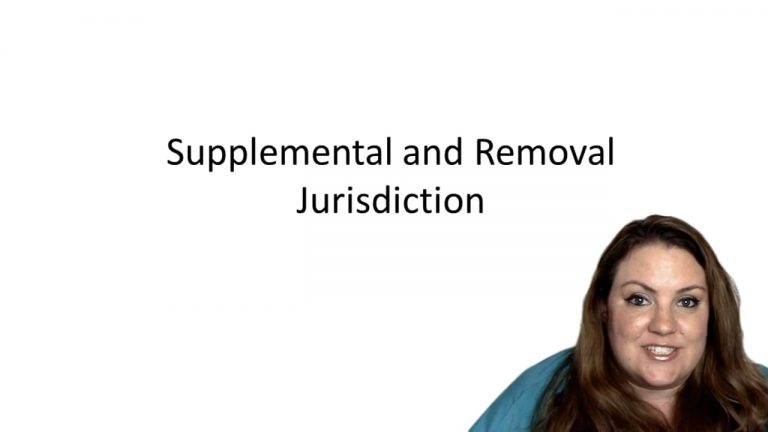Civil Procedure Keyed to Cound
United Mine Workers of America v. Gibbs

ProfessorBrittany L. Raposa
CaseCast™ – "What you need to know"
Facts
Tennessee Consolidated Coal Company hired Gibbs, Plaintiff, to be a mine superintendent and to haul coal from one of the company’s mines. When Plaintiff went to the mine, members of United Mine Workers of America (a rival union of the current mine workers’ union) blocked the mine and beat up Plaintiff. Plaintiff was then fired and never started the haulage contract. Plaintiff also lost other mining and trucking contracts after the incident. Plaintiff sued the union, alleging that the loss of his jobs was part of a union conspiracy, which was unlawful under Section 303 of the Labor Management Relations Act of 1947. Plaintiff also asserted a state law claim, which was granted jurisdiction based on the doctrine of pendent jurisdiction. The jury returned a verdict for Plaintiff. Damages recovered were the amount of the employment contract and the haulage contract, plus punitive damages. The trial court set aside the damages relating to the haulage contract (because damages were not proved) and the employment contract (finding this contract was between Tennessee Coal and Plaintiff, not Defendant, and therefore did not violate Section 303). The trial court did find a claim under state law, and remitted the award on a state law claim. Defendant appealed. Court of Appeals affirmed. The Supreme Court granted certiorari.
Only StudyBuddy Pro offers the complete Case Brief Anatomy*
Access the most important case brief elements for optimal case understanding.
*Case Brief Anatomy includes: Brief Prologue, Complete Case Brief, Brief Epilogue
- The Brief Prologue provides necessary case brief introductory information and includes:
Topic:
Identifies the topic of law and where this case fits within your course outline.Parties:
Identifies the cast of characters involved in the case.Procedural Posture & History:
Shares the case history with how lower courts have ruled on the matter.Case Key Terms, Acts, Doctrines, etc.:
A case specific Legal Term Dictionary.Case Doctrines, Acts, Statutes, Amendments and Treatises:
Identifies and Defines Legal Authority used in this case.
- The Case Brief is the complete case summarized and authored in the traditional Law School I.R.A.C. format. The Pro case brief includes:
Brief Facts:
A Synopsis of the Facts of the case.Rule of Law:
Identifies the Legal Principle the Court used in deciding the case.Facts:
What are the factual circumstances that gave rise to the civil or criminal case? What is the relationship of the Parties that are involved in the case.Issue(s):
Lists the Questions of Law that are raised by the Facts of the case.Holding:
Shares the Court's answer to the legal questions raised in the issue.Concurring / Dissenting Opinions:
Includes valuable concurring or dissenting opinions and their key points.Reasoning and Analysis:
Identifies the chain of argument(s) which led the judges to rule as they did.
- The Brief Prologue closes the case brief with important forward-looking discussion and includes:
Policy:
Identifies the Policy if any that has been established by the case.Court Direction:
Shares where the Court went from here for this case.
Topic Resources

 8m 28s
8m 28s